Keep Up to Date with MDG
MDG News and Updates

Under the Microscope: R&D Group Leader, Jessica Edward
Jessica Edward leads a variety of different initiatives within our research and development lab. She has been a key player in implementing new technologies as well as in product and platform development for our customers. 1. What drew you to Microbial Discovery Group? From the very beginning, I was drawn to the small company culture and the strong visions for growth. We are a team that collaborates well together – something I really admire in an organization. I am also encouraged to take on responsibilities that promote both my professional development and personal growth. I could tell from the very start that MDG was investing in me, which makes it easy to put forth the hard work for them. 2. What does your typical day look like? Typical days do not exist, haha. On any given day, I could be running a handful of laboratory tests, catching up on paperwork, researching new methodologies, pulled into an important meeting, emailing with customers as I answer their questions, or really anything that pops up. 3. What are you working on right now? As one of the team leads in our R&D department, I work on a variety of different projects. Lately, […]

Under the Microscope: Production Manager, Ed Tomassetti
Under the Microscope is Production Manager, Ed Tomassetti. Heading the team at our Oak Creek facility, Ed oversees the blending, packaging, and shipping aspects of our business. 1. What drew you to Microbial Discovery Group? I was looking for a company that offered a meaningful product/service and cared as much about its employees as financial success. I found that company in Microbial Discovery Group. 2. What does your typical day look like? I start every day in a production meeting with my team where we set daily goals and discuss issues that need attention. Afterward, I create product blend formulations for customer orders and inventory replenishment. After a little management, I usually review strain inventory to confirm that our fermentation tank schedule will provide strains in the needed order. Afternoons are typically filled with confirming that the day’s shipments have been picked up, answering emails, making phone calls, and purchasing needed materials/packaging. Did I mention lunch? I always manage to squeeze in a little lunch 🙂 3. What are you working on right now? I’m currently focused heavily on strain, finished product, and ingredient/packaging inventories. I enjoy looking for ways to improve our accuracy and ensure we manage our inventory […]
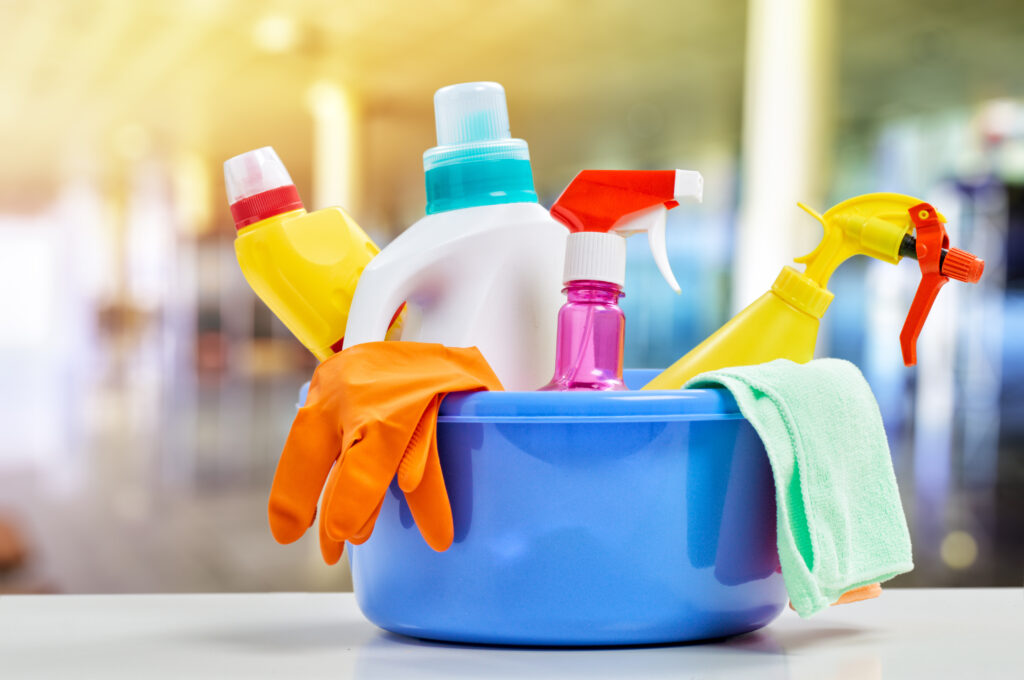
Microbial Discovery Group Kicks Off 2019 with a New Product Line for the Industrial and Institutional Cleaning Market
Microbial Discovery Group (MDG), a leading Bacillus fermentation company, announced their newest product line, SporActiv™, for the industrial and institutional cleaning market. MDG’s SporActiv liquid and powder product line contains safe ingredients that enhance a variety of residential and commercial cleaning needs. Applications include odor control, floor and tile cleaners, carpets, drains, portable restroom cleaning and more. As the market trends towards environmentally friendly and natural products, biological cleaning solutions will become increasingly prevalent. SporActiv is designed to stay ahead of this trend, bringing a full product line enhanced with both classroom and lab support services. MDG’s customer package includes training materials, lab data, research and more. “We wanted to create an offering that made it easy for our partners to do business while both meeting and exceeding cleaning manufacturer’s needs.” said Jenna Trusso, Marketing and Business Development. “In order to do that we knew we had to deliver a powerful cleaning ingredient while providing our partners with the speed and support they’ve been missing.” Built upon MDG’s extensive Bacillus library, the SporActiv Product Line includes a variety of different concentrations and bacterial counts. SporActiv also features a two-day shipping line, liquid and powder products, and water-soluble packages making it easy to incorporate the […]
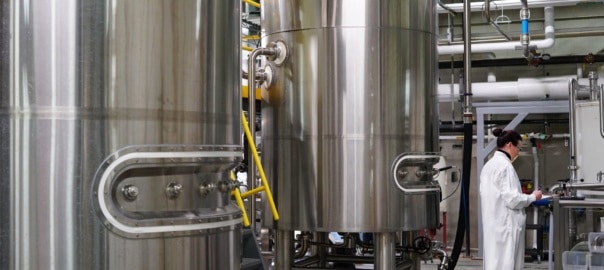
Microbial Discovery Group Obtains HACCP Food Ingredient Certification
Microbial Discovery Group LLC (MDG) has expanded their HACCP scope which now includes food (human) ingredient. This has been part of their strategic plan and an important milestone in increasing their Bacillus fermentation capabilities. Having a Food Safety Plan and certification creates custom fermentation opportunities for MDG within the $44 Billion human probiotic market. This plan is a vital part of HACCP and the Food Safety Modernization Act and is a complementary piece to MDG’s recent fermentation facility expansion. “We’re excited to add food ingredient to our HACCP approved scope. This couldn’t have come at a better time, as we’re seeing the market space rapidly growing. What other market segments, such as plant and animal have seen over the past two decades is now being realized by the food industry for human consumption. If the trends hold true, we could see the human segment go from a 1% market penetration to well over 50% in a relatively short period of time. The other exciting thing is it offers our current and potential new customers a sense of comfort and peace knowing that the strains that they are purchasing are pure and are grown and monitored within a strict HACCP Program,” said MDG’s Business Development […]
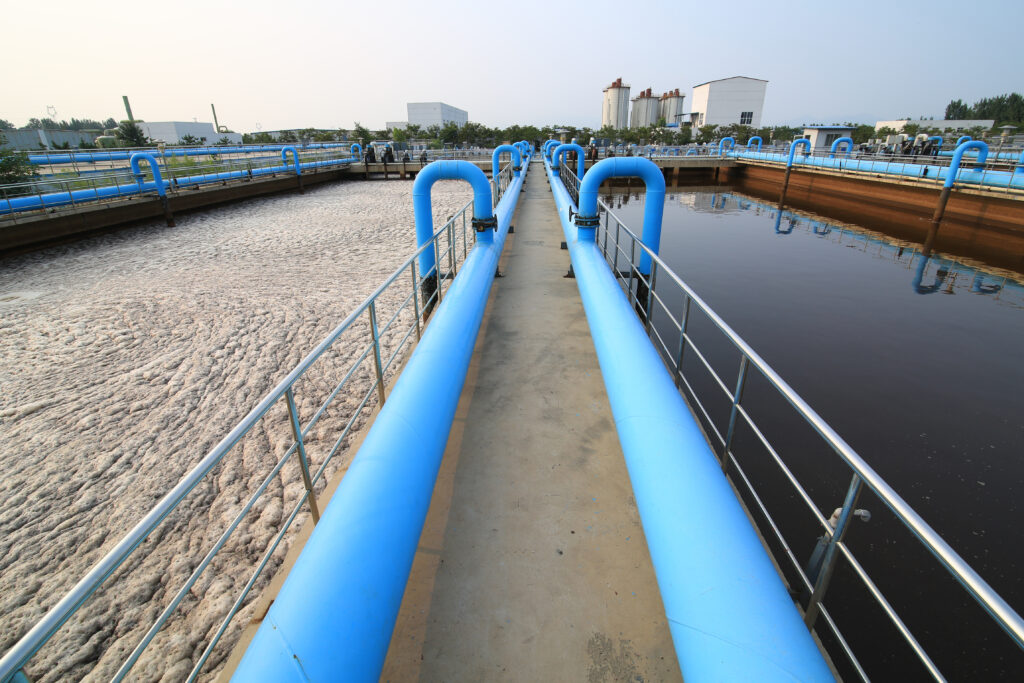
Wastewater Treatment Mistakes You’ll Never Make Again
When selling microbial products and programs, you’ll inevitably encounter a customer that says, “I’ve tried something like that before and it didn’t work”. This kind of experience often links back to one of four common mistakes that were made prior to or during treatment. In this guide, we’ll go over these mistakes and how you as a distributor can avoid making them by choosing a microbial solution and partner that gives you the tools you need to make confident and accurate recommendations. PREVENTION: Biotifx® gives you opportunity-specific Application Guides that show you how to apply the product step-by-step. Additionally, Biotifx® gives you a System Survey Tool and Dosing Calculator that make it extremely easy to avoid incorrect application. PREVENTION: With the Biotifx® Survey Form and ROI Calculators, you can calculate an accurate value assessment for each of your customers. The program also comes with Proposal Templates that help you highlight obtainable results with real value to your customers. PREVENTION: Our Biotifix® Qualification Guide and step-by-step System Survey make it easy for you to find the right high-value opportunities for your customers. PREVENTION: Correctly measuring and documenting success is key to customer confidence. Biotifx® comes with […]

SporActiv® Water-Soluble Film: Makes Treatment Easy and Safe
As more and more people are working remotely, their sewage and septic systems are being put to the test. We’ve written recent articles highlighting the potential for backups and the various items that shouldn’t be making their ways into your septic tank. Good news, we’ve also touched on the strength of biological treatments. MDG manufactures pre-measured and easy-to-use septic tank pouches that work hard well after application to continue fighting potential back-ups. SporActiv® SepticPacs are pre-measured water-soluble packages created specifically for use in septic systems. To dose, it’s as simple as flushing the toilet. When first picking up these packs, you may be curious about the material. In your hands, it may feel similar to plastic, but fear not! The water-soluble packs are made of polyvinyl alcohol (PVA) film. When this film hits the water, it dissolves and the material becomes readily digestible by the SporActiv® microbes in the septic system. You may already be familiar with polyvinyl alcohol film as it has been used for many years to package detergents in “pods”. The same convenience of laundry and dishwasher pods is now available for septic treatment: no measuring, no spills, no fear of incorrect dosing. Every SporActiv® SepticPac delivers roughly 75 billion waste-degrading […]
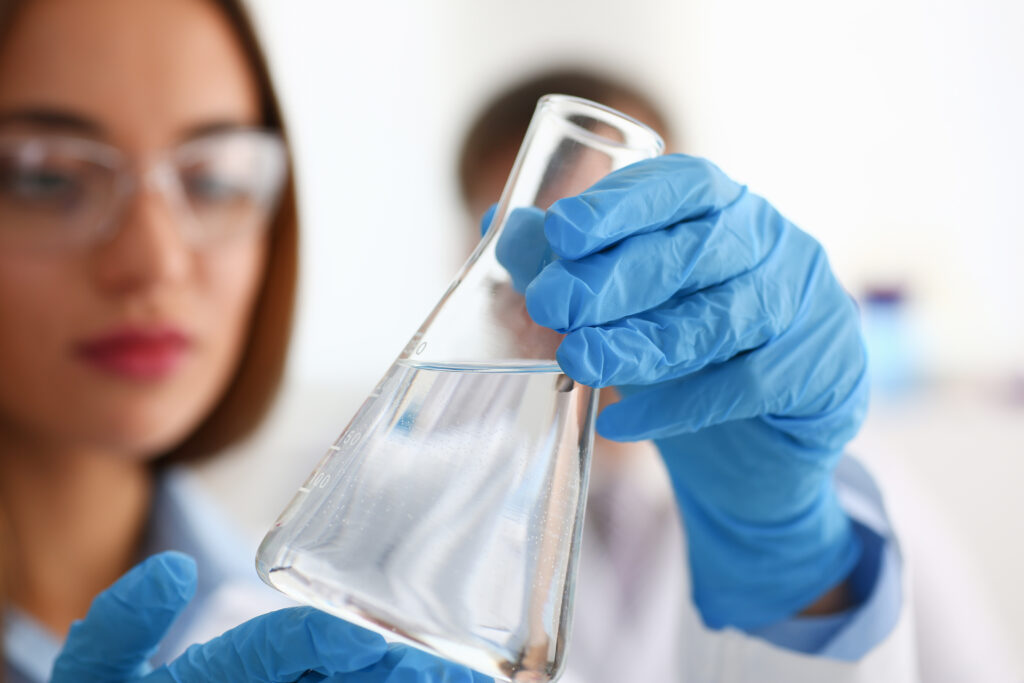
Are you over-preserving?
Many of us know what happens when you mistakenly under-preserve a biological product: the bottles start to bulge or suck-in (the latter can also be caused by fragrance issues), fungal growth starts to appear or it starts to have an unpleasant odor. But do you know what signs to look for if your product is over-preserved? There is usually one noticeable sign of an over-preserved product: the customers who were consistently using your product haven’t placed an order in a while. Understanding Preservatives The preservation system in your biological product is a double-edged sword. If you under-preserve, you get the problems mentioned above. But if you over-preserve, your product won’t work, or it will have a significant delayed reaction. This can lead some of your repeat customers to think that the product no longer works. Over-preservation occurs when too high of a concentration of preservatives is present in a product. The preservatives are meant to be diluted to a predetermined point as indicated by the number in front of the X on the label (i.e. a 10X product would be 1 part product, 9 parts water). Diluting to the proper point allows the product to activate and begin working. If over-preserved, the […]
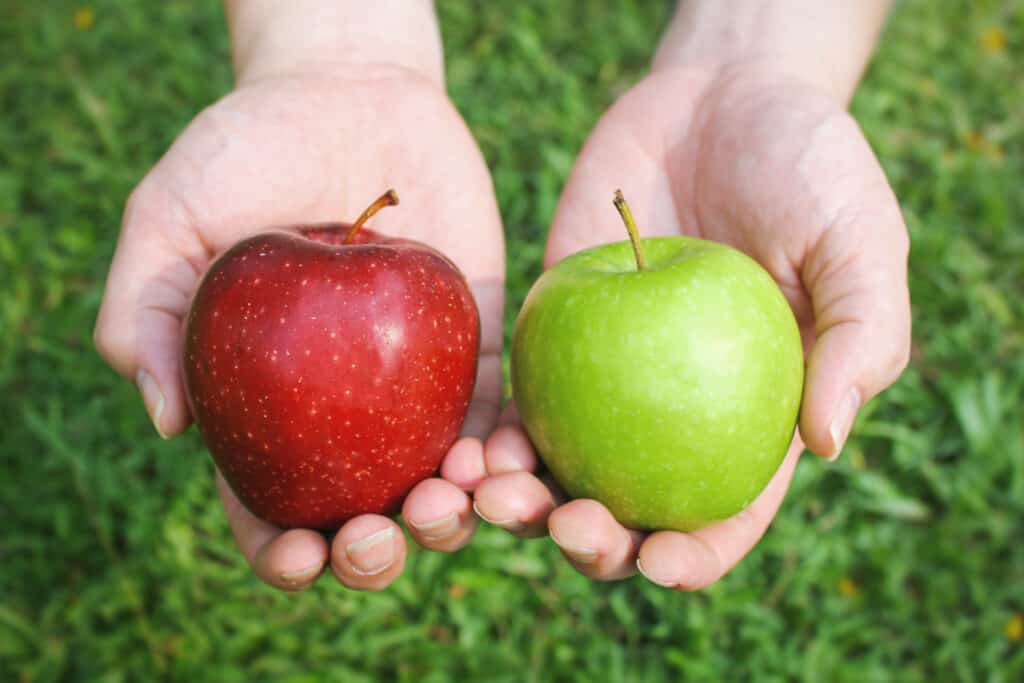
A Closer Look at X
X marks the spot…of some purchasing confusion. A common misconception when comparing the pricing of three different 10X concentrate products is that the “X” in the product name represents the microbial concentration. The X actually represents the level of preservation – i.e. the level of dilution required to make a 1X product. To ensure you choose the optimal product for your business and compare “apples to apples”, read on to learn more about the meaning of X as well as the other variables to consider when comparing options. X is for Preservation The X-value on a product label indicates the level of preservation of a product. There are other ingredients that are considered when determining the X-value such as microbes (as indicated by CFU/ml), surfactants and fragrance, but the preservative concentration is the main factor. It’s imperative to know the preservation level because it illustrates the proper dilution rate to make a 1X shelf stable product – also referred to as a Ready-to-Use (RTU) product. For example, a 10X product needs to be diluted 1-part product to 9-parts water while a 37X product requires 1-part product to 36 parts water. Proper dilution allows the 1X or RTU product to have […]
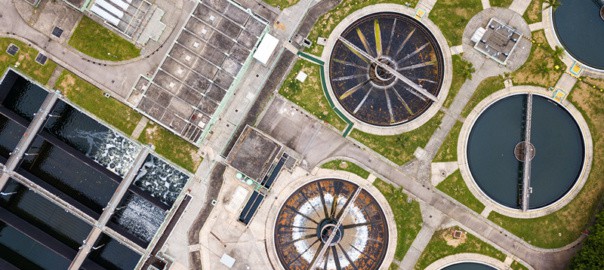
Bacillus Resilience to Oxidizers
For many of us, our day-to-day lives have changed quite a bit since the start of the coronavirus pandemic. We learned how to work from home, physically distance, use Zoom, cook homemade meals and use lots and lots of sanitizers and disinfectants. With the increased usage of these powerful cleaning supplies and washing them down drains, wastewater facilities are challenged with keeping their system’s natural ecology in balance. In our first article of this series, we explored how this is not a new problem. Many wastewater ecosystems face daily attacks on their microflora due to routine industrial activities. The solution for resolving these toxic upsets? For a growing number of facilities, it’s bioaugmentation, a wastewater treatment that augments a system’s natural ecology to help combat disruptions from harsh chemicals. Four Reasons Why Bacillus are So Effective The primary ingredient in bioaugmentation products is a type of bacteria from the genus Bacillus. It’s very effective at restoring wastewater back to its original state after being contaminated with oxidizers like bleach, hydrogen peroxide and peracetic acid because of four main characteristics: Bacillus produce hardy spores. Like seeds of a plant, Bacillus spores are tough. They can survive in low to moderate levels of oxidizers and will endure if some of […]
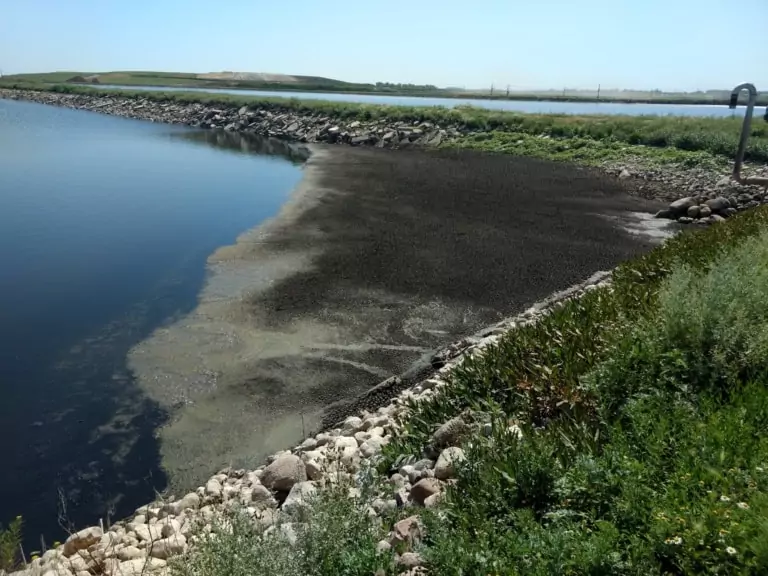
Treating Lagoons with Bioaugmentation
Wastewater Lagoons can be found just about everywhere, in different climates and countries across the globe. They’re used in wastewater treatment for a variety of different industries and while this means there are some differences in application, we’ve found that they often fall victim to many of the same challenges. Here’s how bioaugmentation and our Biotifx® products like Biotifx® 40B work to combat some of these common issues. Bioaugmentation Works on SLUDGE Challenge: Within lagoons, influent solids and biological growth and decay accumulate, forming sludge. This accumulation adds up over time and needs to be physically removed to avoid under performance. This removal process is incredibly expensive. Solution: Biotifx® 40B biologically removes sludge by increasing the digestion of organic sludge content. Bioaugmentation Reduces Fats, Oils, and Grease (FOG) Challenge: Lagoons can easily accumulate extensive amounts of FOG that can be seen floating on the surface. This buildup causes: Limited aeration ability H₂S and odor production Loss of treatment capacity Limited evaporation High removal and disposal costs Solution: Biotifx® 40B combats these challenges by using FOG as a food source, while growing and creating more bacterial workers in the process. Bioaugmentation Combats Hydrogen Sulfide (H₂S) CHALLENGE: Lagoons that have the following create a recipe for the […]